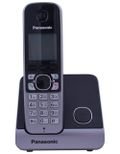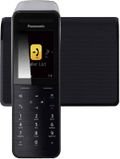Your Guide to Buying a Cordless Phone
Do you still have a landline? Learn about the most important features and specifications when buying a wireless landline.

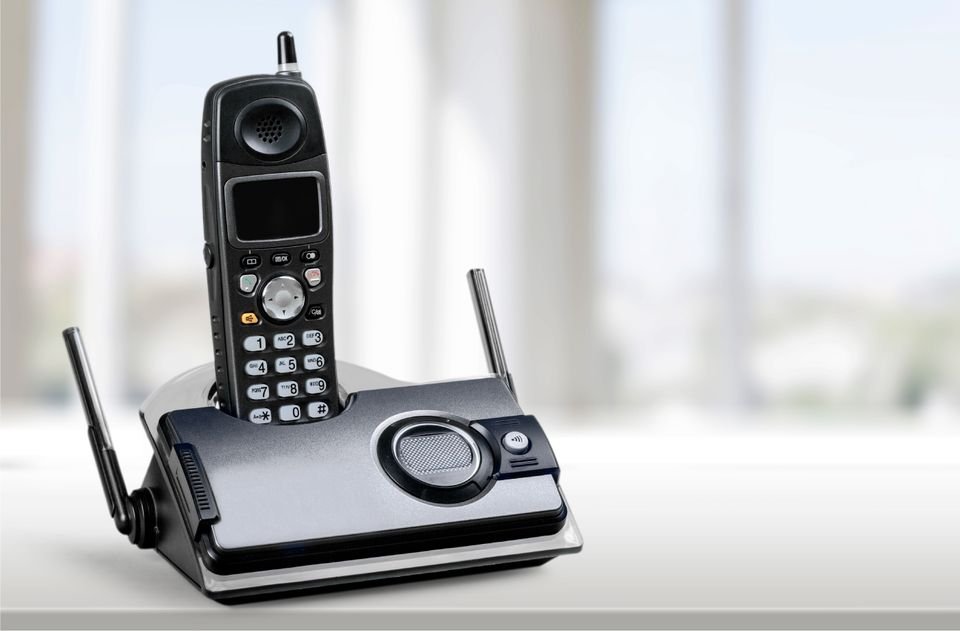
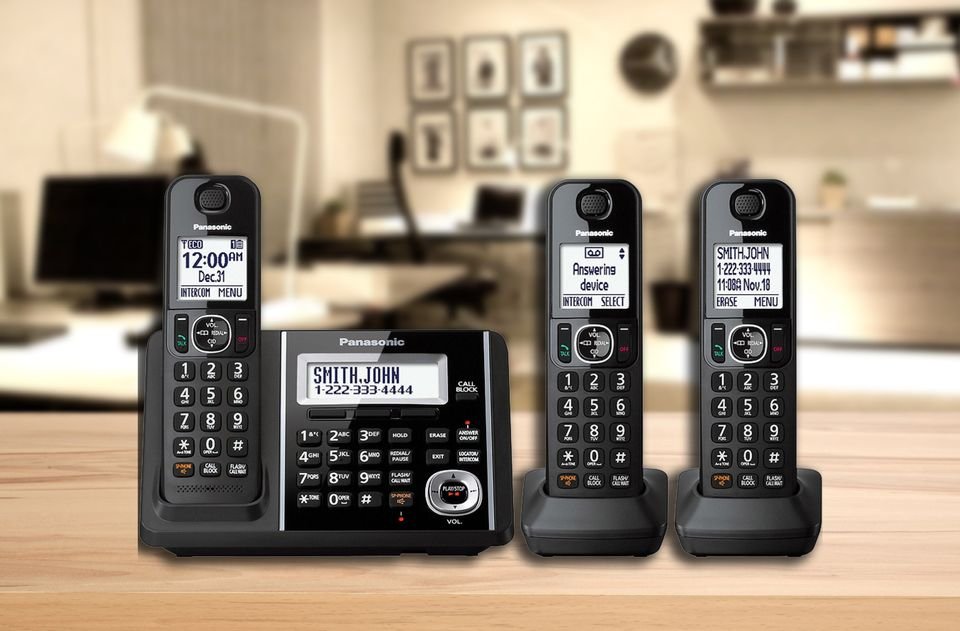
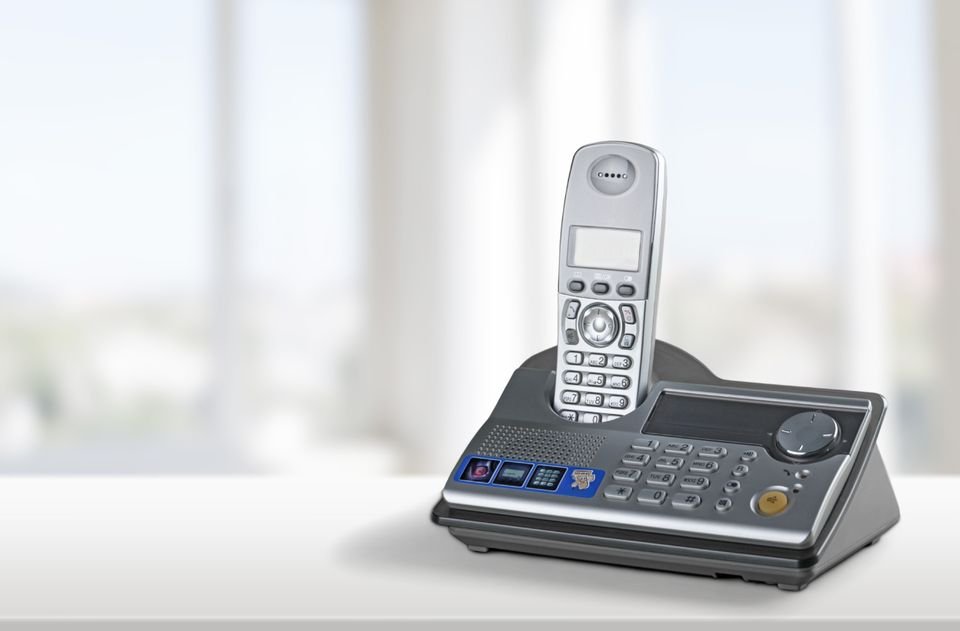

Landlines are still used even after all the advancements in the Tech World, especially in the communications sector! Many families still have a landline and corporates still rely deeply on them. What are the specifications and features you need to check before making a purchase? Are there any special things you need to consider?
Landlines became less popular in the beginning of the 21st century with the release of smartphones and mobiles, but that did not affect telephones greatly as there are still some who rely and prefer using them for many reasons such as network coverage.
In the 1990’s, most telephones had wires and cords and the main difference between them were the buttons. Companies kept improving and developing their phones and now all telephones are cordless. You might ask yourself: what are the important specifications I need to check before making a purchase? Labeb.com will answer your question and guide you towards what you need to know!
Recent European studies showed that landlines are still safer than mobiles with better sound quality and home security especially in Western countries. Owning a phone is still a priority as calling police is connected to the landline; once you make a call they can get your address from the number according to their records, and calling the police from your phone will require you to give them your address.
As for corporations and companies, they still have landlines and can successfully receive and make calls on daily basis making it easier than using mobile phones.
We will now list the important features and specifications of landlines!
Phone Base
All cordless phones are divided into two main categories depending on the number of wireless handsets with the phone.

In some models the phone is composed of a single base carrying the handset, and bases in such models differ from one brand to another. Some have a small screen on the base allowing you to see the calling number and a speaker to listen to voicemail messages or make calls through. Some also have numbers on the base to make calls easier.
The second model, the buttons are on the handset itself with no buttons on the base. In this model, there are a limited number of options you can make.
Choosing between the two models depends on the type of options you want. If you use the landline a lot or live alone, the second model may be more suitable (button-less base) since the handsets buttons will be enough!
Number of Antennas
Previously, cordless phones had big antennas on the handset and usually contained one antenna only.

With the continuous development of this phone, companies started to manufacture handsets with 2 or more antennas, but internal ones (similar to smartphones and mobiles).
It is the same when it comes to the base as it used to have one antenna before which later developed into two antennas. Nowadays, there are bases with internal antennas as well! Note that the number of antennas improve the communication quality when using the handset, and so if you live in a large house and have a cordless phone you will need a base with more antennas (even external ones since they will have better quality) to ensure uninterrupted signal.
Number of Handsets
Cordless phones are available in many models (as we stated before) even when it comes to handset numbers: some have two, three, and all the way to six!

Choosing a model here depends on the household number, or company employees. If you have a large family or company, you will need more handsets to meet the needs at home or at work. Note that each handset has a separate small charging base.
You should separate the main phone that is connected to the landline from the other phones since the other ones will only work when connected to the main phone through electricity.
Phone Batteries
The market has a big variety of different cordless phones; this is also true when it comes to the handset’s battery!
90% of cordless phones have a handset with a battery lasting from 5 to 10 talking hours before needing a recharge.
If you talk a lot on the phone, we advise you to choose a handset with a bigger battery capacity.
You can also check this information on the box when at the store.
Coverage Range
The phones coverage depends on the frequency - measured in gigahertz. Most cordless phones have a range between 1.9 to 5.8 GHz which is enough to cover a medium sized home.
If you have a big home, then you need a phone with more coverage and you will need to put the phone in the center to cover the whole area. However, having a phone with a 2.4 – 5.9 GHz may put your health at risk, so we advise you to get a 1.9 GHz if there is no dire need for a larger one.
Most cordless phones can cover between 45 – 55 meters inside the house and up to 100 meters outside. That is because the walls and their insulation affect the connectivity.
We advise you to know your house area and checking the phones range when you go to the store as they are written on the box (metric measures). Make sure you place the phone in the center of your home and purchase it with additional meters (at least 2m).
Answering Machine
Arab users may not give this feature another look but that does not undermine its importance to individuals and corporates alike.
When you are unavailable at home or at work, the answering machine will take a message for you. You can record the message in your own voice asking callers to leave you a message and you can listen to it later. This feature is widely used in Western countries for its usefulness.
We must also point that you can activate or deactivate this feature from the phone’s settings. New cordless phones have an answering machine preinstalled in them.
Caller ID
Caller ID is a service provided by the network you are subscribed with.
Labeb advises people who are interested in this option to get a cordless phone with a big screen to see the name/number easier.
More advanced phones have a memory option in which you can save some names on the phone, and so the caller name will show instead of their number when calling.
Summary, Are There Any More Features?
There are in fact more features and specifications differentiating between phones such as: diverting calls between handsets (when more than one is available), using the handsets for internal communications, call blocking, and other secondary features.
Cordless phones also differ in sizes, designs, colors, screens, and types. The screen may be bigger on the handset or base making it suitable for elder people or people with hearing difficulties. Make sure to know all the extra features while at the store and purchasing what meets your needs.
The most important aspects you need to check are:
Home area; make sure you purchase a phone that covers the whole area and more, making sure you put it in the center of your home.
Number of handsets; make sure you get a phone with the proper number of handsets that is suitable with the number of individuals who will be using the phone.
Antennas; external antennas have better signal if you have a big house. A base with two antennas might be even better.
If there is no need to get a 2.4 or 5.9 GHz phone, do not as it is bad for your health.
Having a phone is still important for some people; do not hesitate on reading all the products features and specifications on the box when going to the store. Make sure you determine the general features presented to you in this article and then check other specs.
Do not forget to choose what you need within your budget. Remember to always visit Labeb.com for all the information and guidance in the Tech world.
- [[PropertyDescription]] [[PropertyValue]]
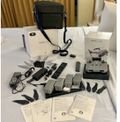




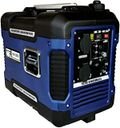







![Gforcefactory EDGE 6D 6DOF Motion Simulation System with Seat and Brackets [Special Features]](https://static.labeb.com/images/catalogs/103482/c0k35ajrnwf-w120.jpg)






